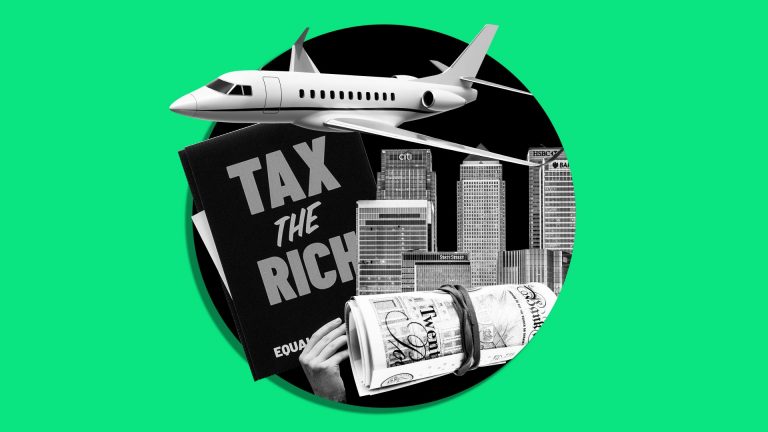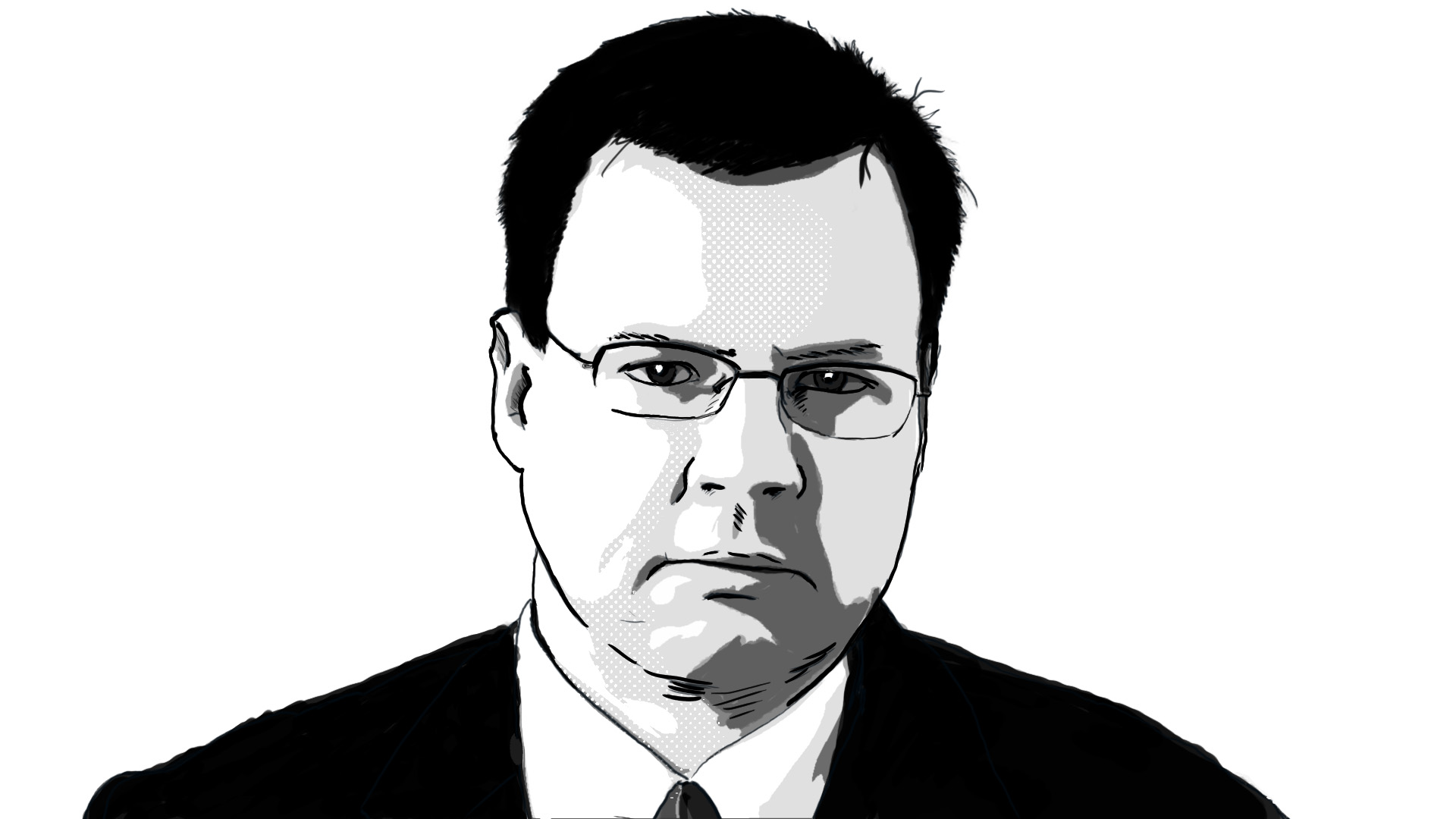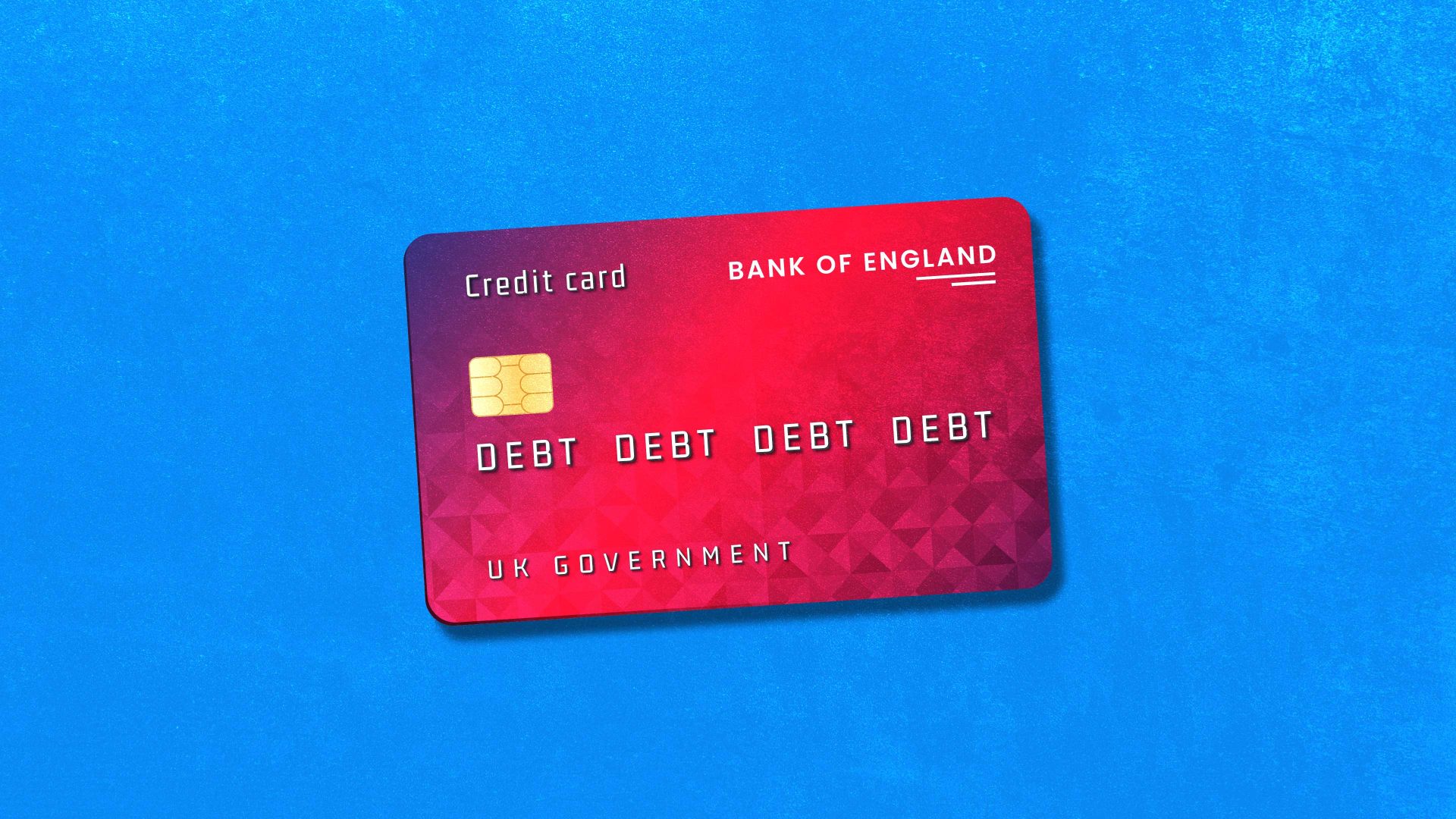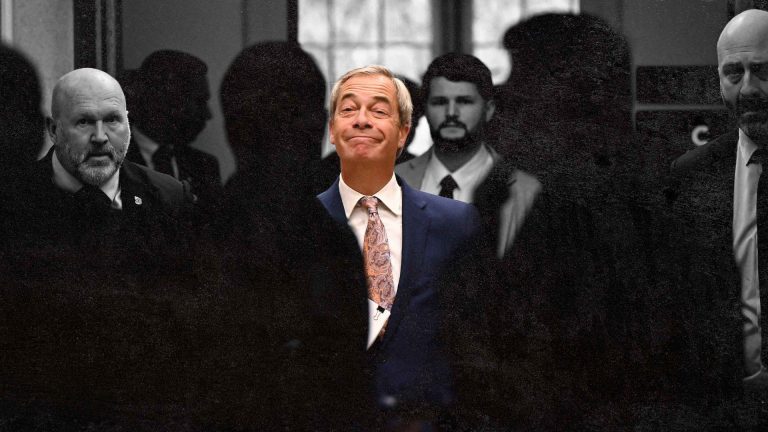The 1920s have a good claim to being the most turbulent decade in modern British political history. In the ten years between 1920 and 1930 the country had six different governments, four general elections and a curious combination of majority, minority and coalition administrations. In 1920 the country had a Liberal prime minister – although admittedly, one leading a Conservative-dominated government – and yet by 1929 the Liberals had been reduced to a rump party of around 60 MPs polling under 20% of the vote in that year’s general election.
That tumult was shaped by a lethal economic cocktail: government debt was high, the public finances were under pressure and the wider economy was struggling. We have the same situation today. A recent report by the Office for Budget Responsibility made clear that government debt risks spiralling out of control. Richard Hughes, chair of the OBR, put it starkly: “The UK public finances are in an unsustainable position in the long run. The UK cannot afford the array of promises that it has made to the public.”
It is unlikely that Britain will enjoy a “roaring twenties”. But then we didn’t have one a century ago, either. While for America the 1920s may have been the age of jazz, flapper girls and the post-Great War and pre-Great Depression boom, for the United Kingdom it was an age of mass unemployment, falling living standards and the general strike. That decade now provides a helpful, if unwelcome, reminder that governing in an age of low growth and high debt is exceptionally difficult.
The performance of Britain’s economy since the financial crisis of 2007-9 has been extremely weak. But in the decade running up to the crash, the UK experienced the second fastest growth in the G7, behind only the United States. In the decade following the crash it slumped to the second weakest growth, ahead of only Italy. Slow growth has been disastrous for UK living standards. Average weekly wages – when you factor in changing prices – have grown by just 4% in total over the last seventeen years. Before 2008, 2% growth every year was regarded as normal.
From an economic perspective, we are living in unlucky times. In the last two decades the British economy has been exposed to five major economic shocks. The crash of 2007-9, the impacts of the Eurozone crisis in the 2010s, the economic self-harm that was Brexit, the Covid pandemic and the global energy price surge of 2021-3 which was exacerbated by Russia’s invasion of Ukraine. In each of these crises, to varying degrees, the government’s finances came under pressure.
During a period of weak growth or recession, the tax take naturally falls as people earn less and firms make smaller profits. As unemployment climbs, social security spending has a tendency to rise. These so-called “automatic stabilisers” mean that the government’s deficit will increase in a downturn. This, usually, provides a helpful prop to growth and acts to smooth out the business cycle, taking the worst edges off recessions.
However, the crises the British economy has faced since 2008 have required an awful lot more than the automatic stabilisers to prevent the country going into economic freefall. Extraordinary policies – from recapitalising the banks in 2009, to the furlough scheme in 2020 to the energy price support of 2022 and 2023 – have all proved necessary but also extremely costly.
The end result is that the ratio of government debt to the overall size of the economy, or GDP, has leapt from around 35% in the financial year 2007-8 to above 90% today. In its report, the OBR warned that if we carry on this way, by 2070 it could reach 270%. This sort of accumulation of public debt is without precedent in peacetime – previous debt spikes have been associated with major wars.
When it comes to managing a debt pile, two things matter: the size of the debt, and just as crucially, the interest rate attached to it. A £10,000 debt charging an interest rate of 15% can easily be a lot more tricky to live with than a £100,000 one charging just 1%.
In the aftermath of the banking crisis, the Bank of England slashed interest rates to historical lows and left them there for most of the 2010s. The government’s total debt might have increased, but the actual cost of servicing it remained manageable.
Suggested Reading


Why the hard left’s economic plans still don’t work
The numbers are stark. According to the Office for Budget Responsibility (OBR), the government’s fiscal watchdog, in 2007-8, government debt was worth 35.6% of GDP and the annual cost of paying the interest due on that debt amounted to 2.2% of GDP. By 2015-16, just before the Brexit referendum, the debt had jumped to 81.1% of GDP but the annual servicing cost had fallen to 1.8% of GDP. Lower interest rates counteracted the rise in the level of debt. Indeed, across the 2010s as a whole, the costs of servicing government debt were lower than in the 2000s.
But a bigger pile of government debt leaves the government vulnerable if interest rates ever do change. Between mid-2021 and mid-2023, as inflation surged, the Bank of England, and other central banks, increased interest rates at the fastest pace in decades. The Bank’s base rate rose from just 0.1% to a peak of 5.25% in just over two years.
Higher interest rates will increase borrowing costs for the government. In 2020, debt servicing was costing the government 1.2% of GDP, but this year the OBR expects debt service to be around 3.7% of GDP, and that it will stay at around that level for the rest of this Parliament.
In other words, the cost of UK government debt in the mid to late 2020s will consume almost twice as much tax revenue as it did in the 2010s. To put it another way, around one in ten pounds that the government collects through taxation is now being spent on the national credit card bill.
Add in the fact that an aging population means a greater share of government spending is being spent on the health and social care costs of older people and for many taxpayers, the outcome seems grim. They appear to be being asked to pay more tax in return for a lower level of public services. That is a politically toxic combination.
When growth is weak, the debt pile remains huge and interest rates are high, governing is simply harder, and there are no easy ways out of the tangle. Materially faster economic growth – a return to the steady 2-2.5% per year of the mid-1990s to the late-2000s – would transform the calculus. As long as the economy is growing at a decent clip then debts become more manageable over time. The big reduction in Britain’s – and the rich world’s in general – debt to GDP ratio in the decades after the Second World War was achieved via faster economic growth rather than tight public budgets.
But growth has been weak for more than a decade and a half. And with an unsteady global environment and an aging population, relying on faster economic expansion to solve the problem feels foolhardy at best. Hoping for the best is all well and good, but politicians also have to prepare for the worst. And the worst thing now would be a continuation of this current trend, which is already in its second decade.
If faster growth does not materialise, the real choice is a trade-off: politicians can continue to salami slice public services and welfare or they can raise taxes. Salami-slicing has hit its limits, as the Starmer government’s welfare debacle in the Commons showed.
Raising taxes, especially income tax, VAT and employee’s national insurance contributions which are the ones capable of actually moving the dials, is hardly pain free politically, and Starmer has repeatedly said he has no plans to raise tax. It would mean the British government both breaking a manifesto pledge and directly costing the bulk of voters more. Even so, the argument that people should pay more in order to receive more public services and public support is a sellable proposition.
But simply borrowing more and more does not stack up as an economic plan. Macroeconomics, like politics, is often fundamentally about trade-offs. In times of weak growth and high debt servicing costs those trade-offs become more acute, governing becomes harder and politics more volatile. The combination of a generally stagnant economy and higher government debt reshaped the entire party system in 1920s Britain. Perhaps the 2020s will see that happen again.











